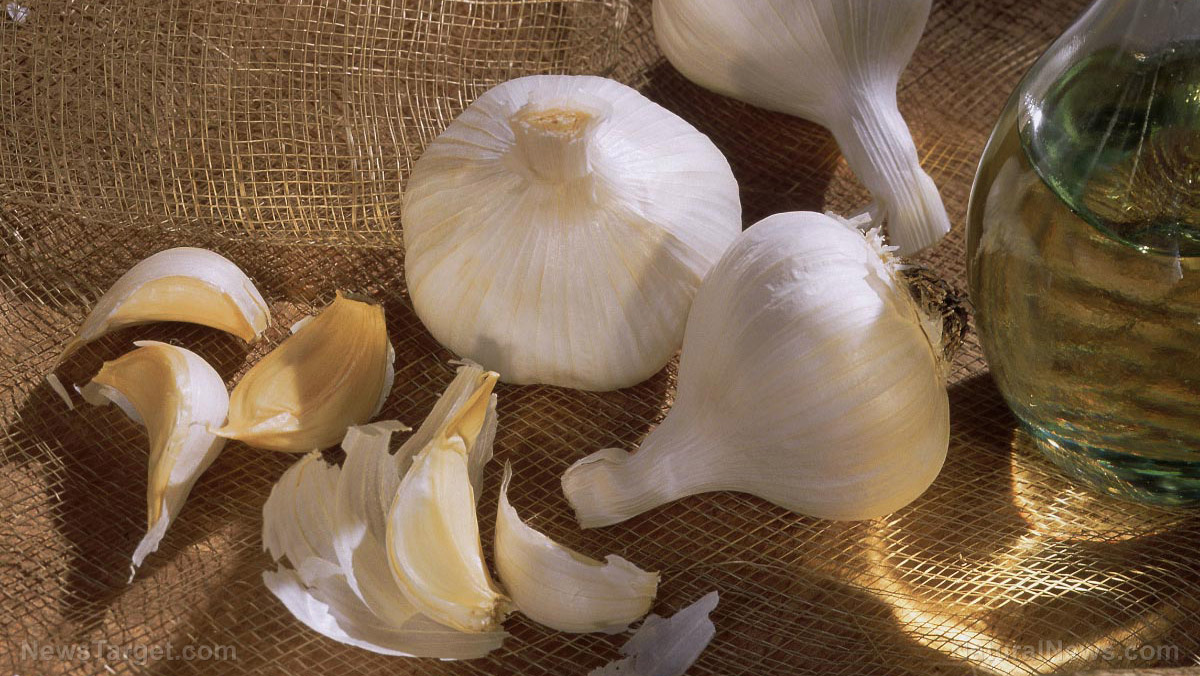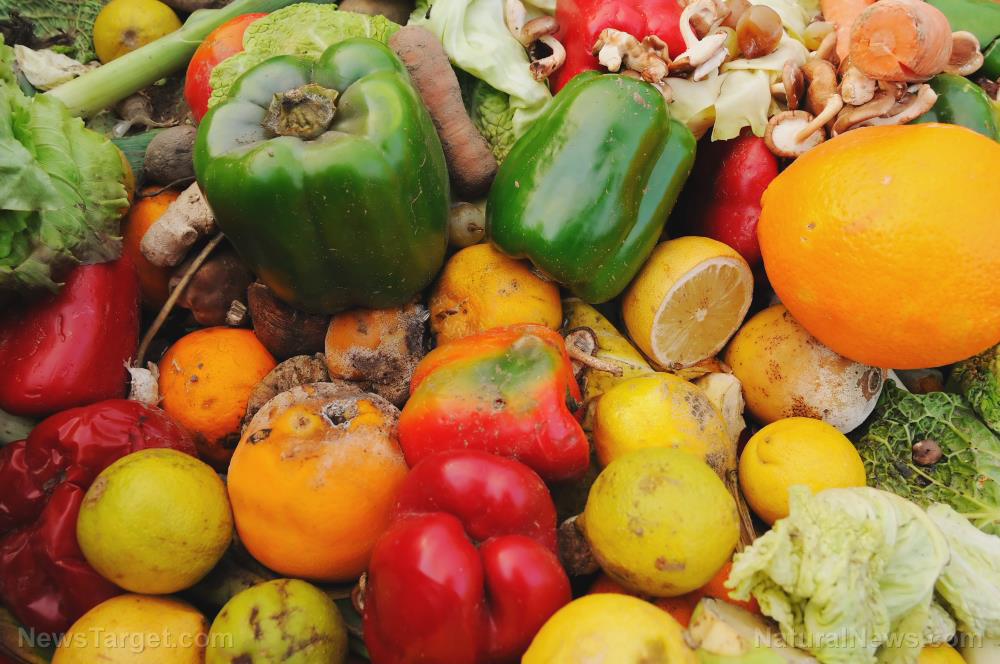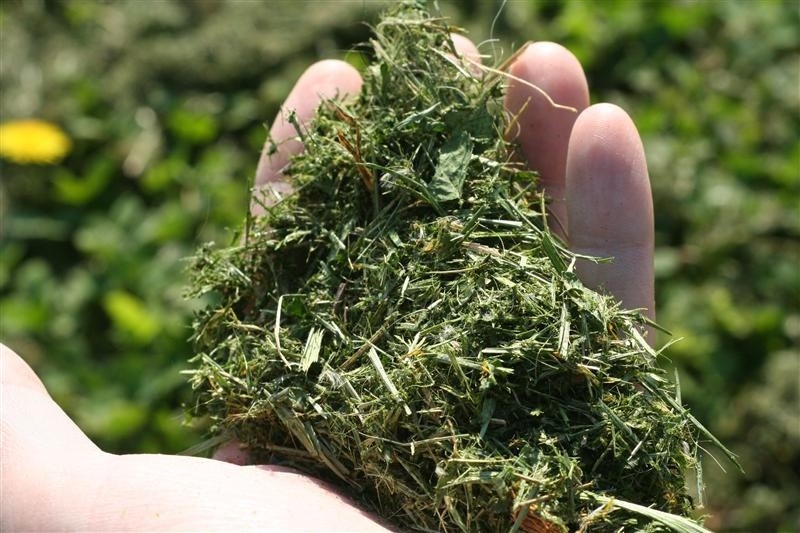Your guide to growing figs in your backyard
11/14/2018 / By Michelle Simmons

The fig tree is one of the earliest plants that humans learned to cultivate. It’s easy to see why — Figs are hardy trees that can be used for both food and shelter, and it’s nice to look at. In North America, there are over 200 fig cultivars grown, varying in fruit shapes and colors.
For most people, growing figs can be daunting — especially in their backyard. Here’s a simple guide to growing figs and harvesting them. (h/t to GoodHousekeeping.com)
Choosing fig trees
When selecting the variety of fig tree to grow, it is important to consider your location’s climate. If you live in colder areas, Brown Turkey, Chicago, or Celeste are the fig varieties for you. Moreover, look for self-pollinating varieties because some figs are pollinated by tiny, specialized flies native to the Mediterranean and won’t bear fruit without them. (Related: Go fig-ure: 7 types of figs to add to your garden and how to grow them.)
Planting and caring for fig trees
Plant fig trees in a sunny spot that’s protected from winter winds. It is also essential to mulch trees well with compost and to apply foliar seaweed extract sprays once a month during to enhance their growth. If you are growing fig trees outdoors in the ground and the temperature drops to 10 degrees or colder, protect them with a cylindrical cage of hardware cloth filled with straw for insulation. You can also opt to plant fig trees in containers if the temperature in your area is below 10 degrees Fahrenheit. Use a large plastic container and regular potting soil. Plant figs at the height they grew at the nursery, top-dressing the container with compost if you have it. You can place pots in a sunny area, but during winter, bring them in an unheated garage, shed, or other protected areas where temperatures don’t go below 20 degrees. They will drop their leaves and grow dormant. Water the soil when it is one-inch dry below the surface, and don’t let it dry out completely because the figs may lose their leaves, which stresses the plant and lessens fruit production. Figs in a greenhouse will stay green all winter and may even bear fruit in the warm, sunny climate with proper watering and looking out for greenhouse pests like aphids on the undersides of leaves. In either case, bring plants back outdoors when the weather gets warm and the last frost date is past. Keep fig trees healthy outdoors by keeping birds away with netting and spreading wood ashes around the base of trees to keep ants away.
Pruning
To control the size of fig trees, thin or head back as needed; disconnect suckers that sprout from the roots throughout the growing season with a shovel; replant or share them with friends. The easiest way to propagate figs is to bend a low-growing branch down and secure it to the ground or the soil in a container with a U-shaped wire. Then, cover lightly with soil and check for rooting. Finally, when the stem started growing roots, remove it from the mother plant with pruning shears.
Harvesting figs
If you live in a warm area, you can harvest in June and in late summer. On the other hand, if you live in colder areas, you can only harvest once — in late summer or fall. Know the color of your fig’s fruit when it’s ripe because some are brown, while others are gold or green. Fig fruits are ripe when they become soft to the touch and their skin starts to split.
Cooking and storage
Figs spoil easily and can only be kept in the fridge for up to one week. They can be eaten raw, cooked, or dried. To cook figs, simmer them with lemon and honey for about 20 minutes while mashing them as they cook. Then, puree in a food processor, blender, or food mill. The puree can be frozen and be used as a filling, sauce, and spread. Figs can also be dried in a food dehydrator and eaten as a nutritious snack.
Sources include:
Tagged Under: fig trees, figs, food supply, fruits, gardening, green living, home garden, Homestead, homesteading, how-to, off grid, organics, survival garden, sustainable living


















